State legislation: Iowa governor pushing nuclear power

A pair of bills working their way through the Iowa statehouse aim to promote nuclear energy projects in the state—in part by changing how the plants would be regulated and funded.
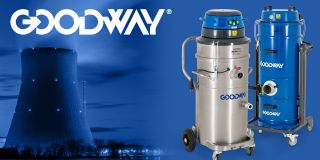
A message from Goodway Technologies
Ensuring Safety and Cleanliness: The Crucial Role of Industrial Vacuums in Nuclear Power Facilities

A pair of bills working their way through the Iowa statehouse aim to promote nuclear energy projects in the state—in part by changing how the plants would be regulated and funded.
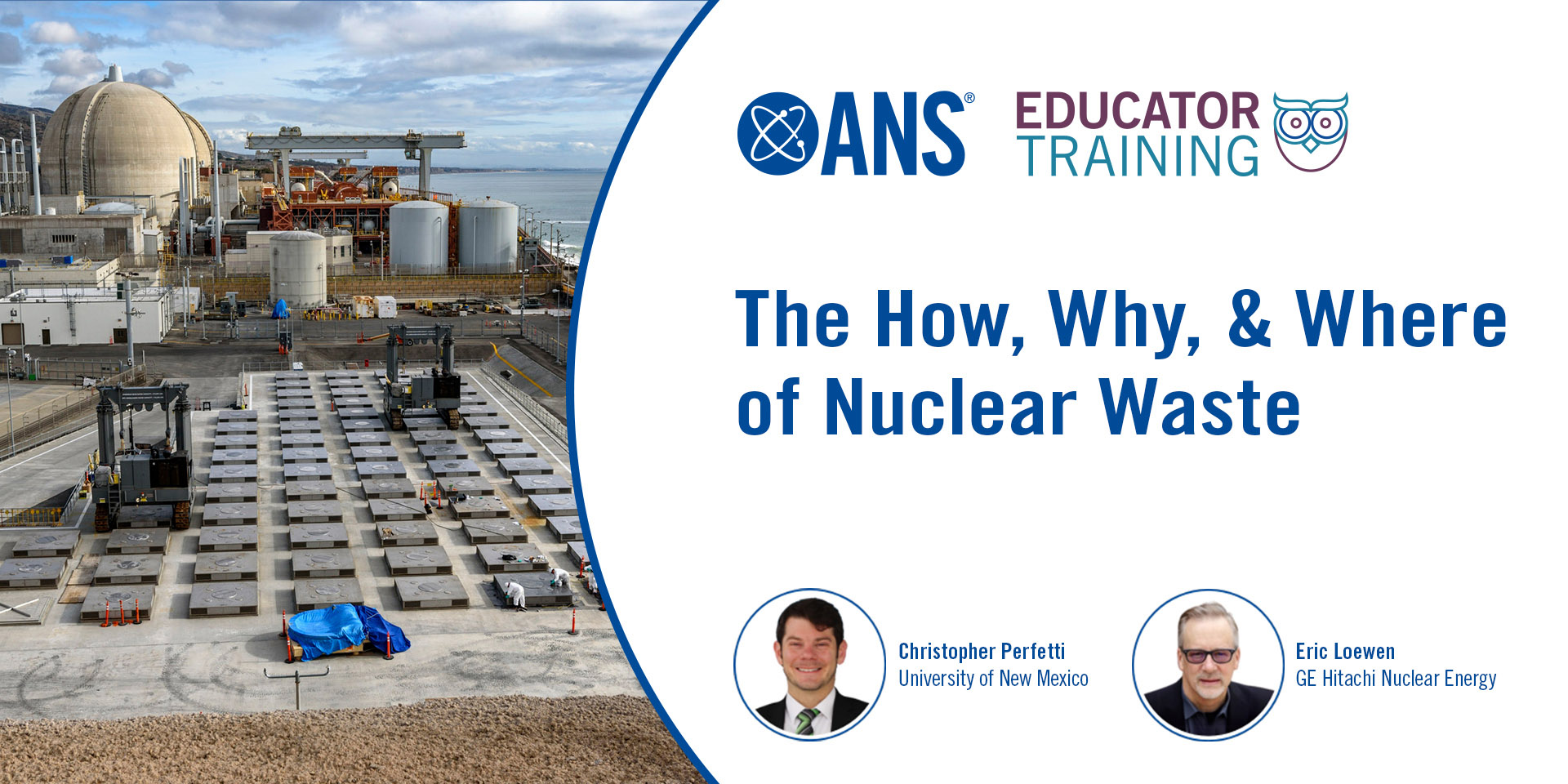
A recent American Nuclear Society webinar tackled misconceptions about nuclear waste. Christopher Perfetti, an associate professor of nuclear engineering at the University of New Mexico, presented “The How, Why, and Where of Nuclear Waste,” the latest online event in ANS’s Educator Training offerings.

Sellafield Ltd. and AtkinsRéalis have successfully operated a robotic dog from a remote location in what might be the first time such an operation has happened at a nuclear licensed site, according to the companies in a March 18 press release.
 ANSI/ANS-8.26-2024, Nuclear Criticality Safety Engineer Training and Qualification Program, has been published and is available in the online ANS store. The standard, developed by the American Nuclear Society, received approval from the American National Standards Institute on November 21, 2024, and was published January 10, 2025.
ANSI/ANS-8.26-2024, Nuclear Criticality Safety Engineer Training and Qualification Program, has been published and is available in the online ANS store. The standard, developed by the American Nuclear Society, received approval from the American National Standards Institute on November 21, 2024, and was published January 10, 2025.
This standard provides guidance for the content of training programs for nuclear criticality safety (NCS) specialists who are responsible for developing the analyses, controls, and safety documentation required for the safe handling of fissionable materials. This standard presents a matrix of training and qualification (T&Q) criteria based on education and experience combined with individual job functions and provides for qualification of experienced staff by documentation. The standard presents a flexible array of competencies for use by management to develop tailored T&Q programs applicable to site-specific job functions, facilities, and operations. This standard stresses the necessity of integrating standard training subjects with operational experience in order to qualify as an NCS engineer.
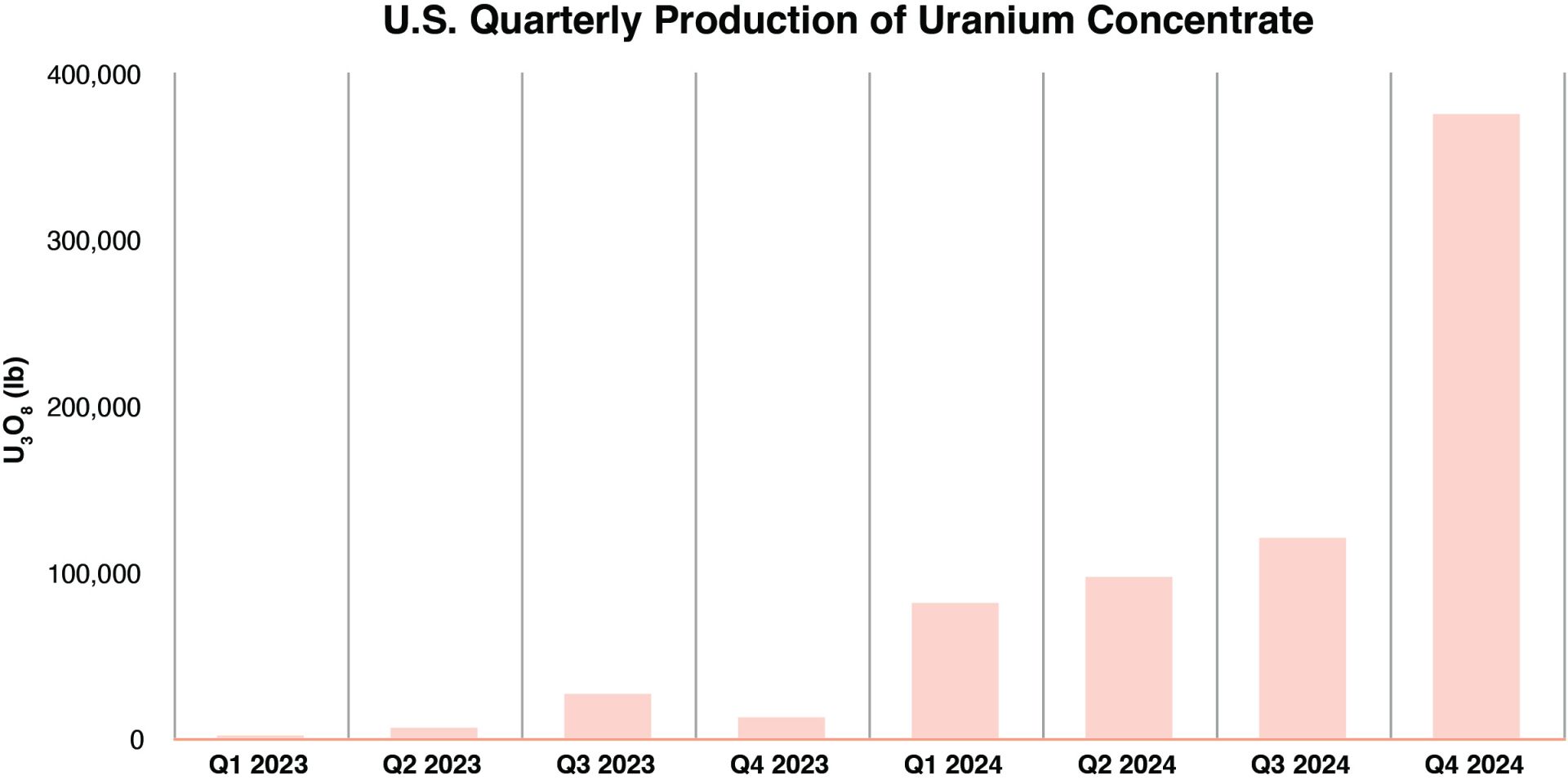
U.S. uranium production increased throughout 2024, with more growth planned in 2025. The producers who can make that happen, however, were burned before by a “renaissance” that didn’t take off. Now they are watching and waiting for signals from Washington, D.C., including the impacts of tariffs, shifting relationships with global uranium producers, and funding for the enrichment task orders designed to boost demand for U.S. uranium.
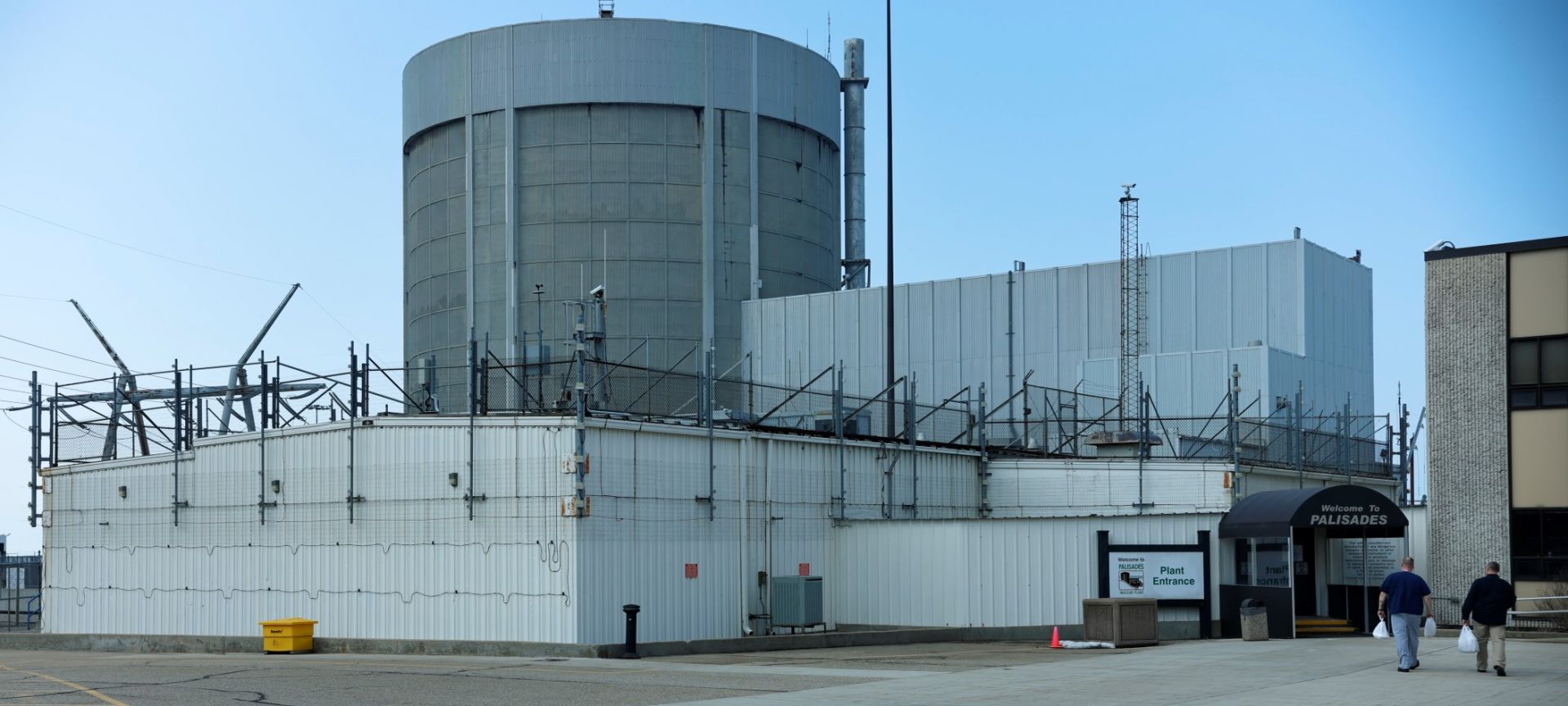
Energy Secretary Chris Wright announced this week the release of the second part of Holtec’s loan disbursement for the Palisades nuclear plant restart plans in Michigan.

Researchers at Oak Ridge National Laboratory have demonstrated a new method to track chemical changes in molten salt, according to a March 17 announcement from the Department of Energy’s Office of Nuclear Energy.
The International Atomic Energy Agency has announced that its experts have confirmed that the tritium concentration in the latest batch of water to be released from the Fukushima Daiichi nuclear power plant is far below Japan’s operational limit. Tokyo Electric Power Company (TEPCO) began discharging the treated and diluted water on March 12.
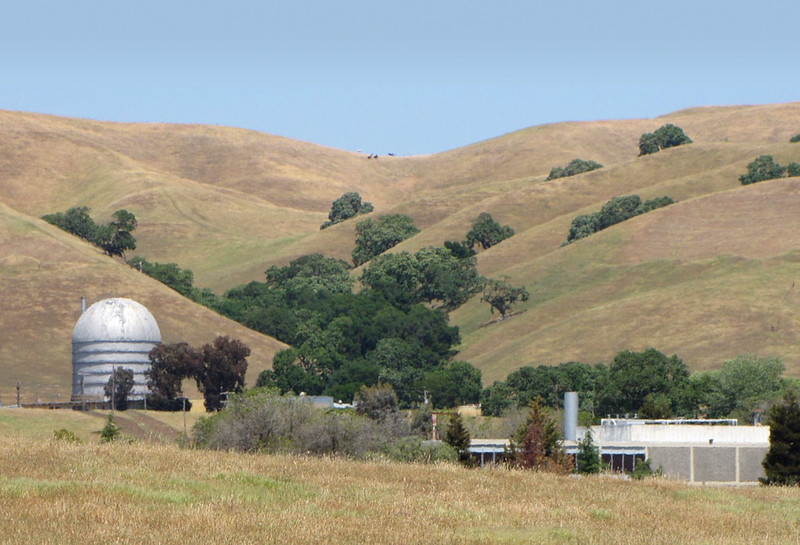
NorthStar Group Services has announced that it has closed on an agreement to acquire ownership of the Vallecitos Nuclear Center from GE Vernova and GE Hitachi Nuclear Energy for NorthStar's nuclear decontamination, decommissioning, and environmental site restoration.

The International Conference on Mathematics and Computational Methods Applied to Nuclear Science and Engineering (M&C 2025) will be taking place April 27–30 in Denver, Colo.
Registration for the meeting is now open. The host hotel—The Westin Denver Downtown—is also taking room reservations.
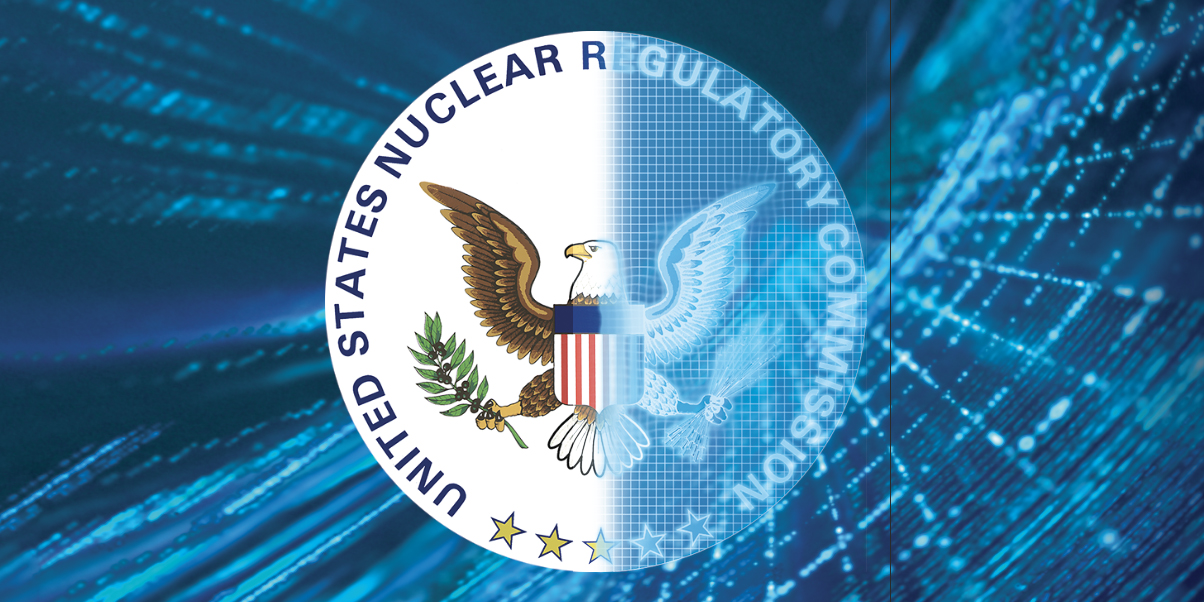
It’s been a busy eight months, Mike King told the Nuclear Regulatory Commission in a recent hearing on the immediate and projected impacts of new federal legislation aimed at supporting the nation’s current nuclear energy renaissance.
Patrick Fragman, Westinghouse’s chief executive, said in a recent interview with Politico that the U.S. and Europe are still ideal partners on nuclear power.
Even though President Trump’s latest policy moves are straining some U.S. relations with nations, “Westinghouse stresses it’s a private company that is now Canadian-owned—and that nuclear projects function on a time scale that extends beyond politicians,” Fragman told Politico.
For the full Politico article, click here.
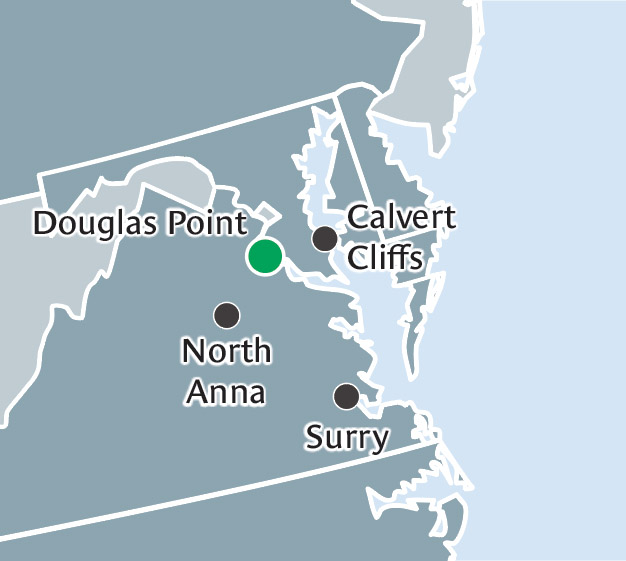
The proposed location of Douglas Point in Maryland, on the banks of the Potomac River, compared to currently operating nuclear plants in Maryland and Virginia.
The Douglas Point Nuclear Generating Station that is the subject of this article is not the CANDU reactor that operated in Ontario from 1966 to 1984. This one was a proposed nuclear power plant in Charles County, Md., that was to provide power to the Washington D.C. area, about 30 miles north of the intended site.
In the early 1970s, the Potomac Electric Power Company (PEPCO) was looking for additional means of generation. At the time, the Washington D.C. metropolitan area was one of the fastest growing regions in the nation.
Site selection was tricky for PEPCO, as the company was contending with a confined load in a growing urban area. A new site as near as possible to the load center that could house at least 2,000 MWe of generating capacity and keep development costs down was needed. Three sites were ultimately reviewed: Douglas Point on the lower Potomac River, a second site toward the mouth of the Potomac River, and a third on the shore of Chesapeake Bay.

Since nuclear physics works the same in Ontario as it does in Tennessee, the industry has been trying to create a reactor that can be deployed on both sides of the border. Now, the Nuclear Regulatory Commission and the Canadian Nuclear Safety Commission have decided that some of their rulings can cross the border too.
Letters have been issued by the Nuclear Regulatory Commission to the nation’s 94 operating commercial nuclear reactors regarding their performance in 2024, the agency reported yesterday. The assessment letters are issued annually.

Craig Piercy
cpiercy@ans.org
I find myself saying the expression above a lot these days—to my kids, my wife, my friends, and colleagues. Most recently, I said it to the person sitting next to me after the pilot of our plane—bound for Reagan National Airport a day after the collision of AA flight 5342 and a military Blackhawk helicopter—aborted the landing at the last minute.
I am not sure where I picked up this pronouncement, but I find it to be apropos to the topsy-turvy moment where we find ourselves in 2025. In addition to the first U.S. commercial airline crash in 15 years, we are witnessing a new presidential administration in its infancy playing by the Silicon Valley rules of “move fast, break things.” We’ve seen DeepSeek, the low-cost Chinese AI that reportedly uses 50–75 percent less energy than its NVIDIA-powered counterparts, tank Constellation’s market value by more than 20 percent in one late-January trading day.
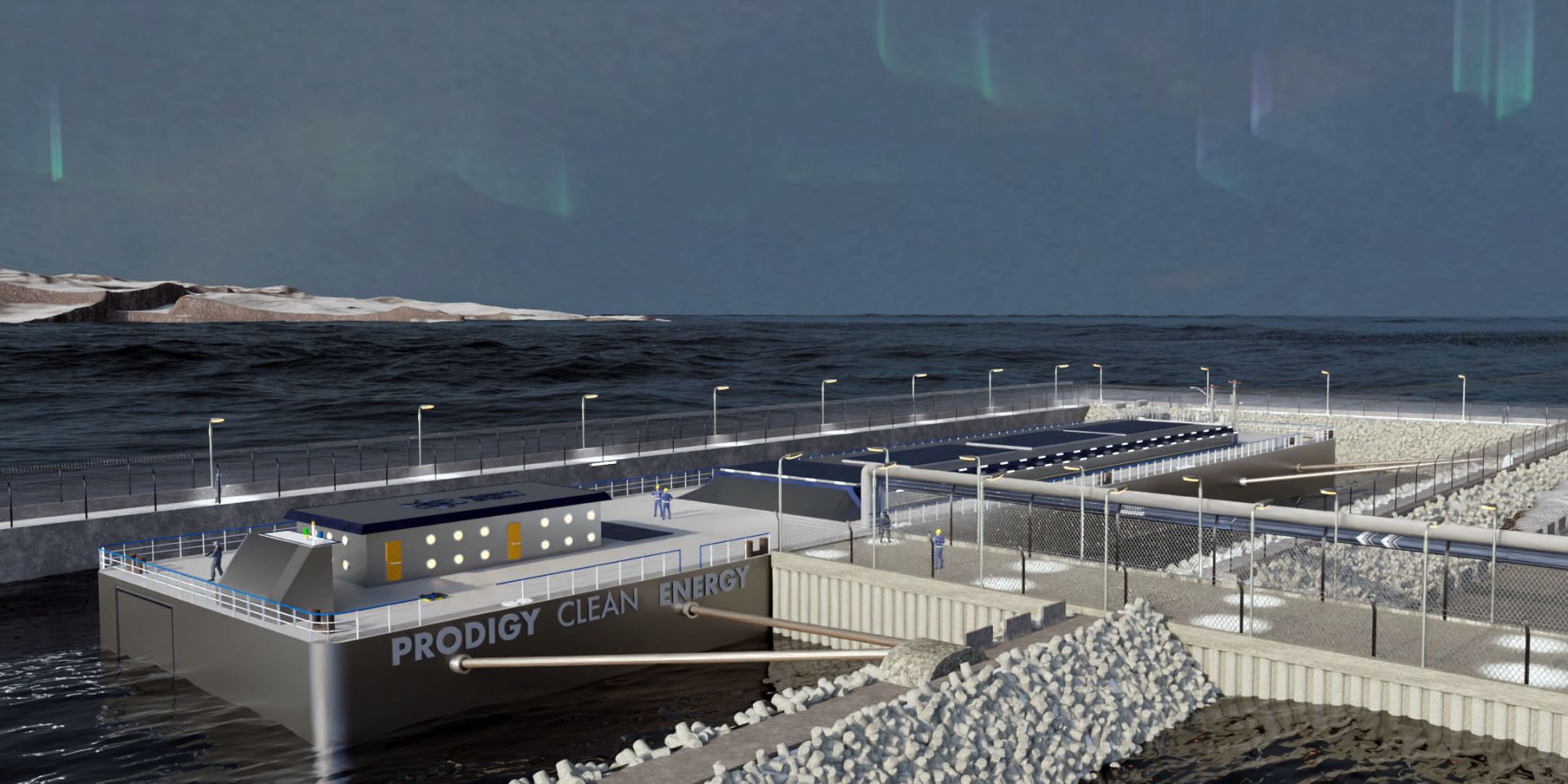
Prodigy Clean Energy and Lloyd’s Register have announced a collaboration to support the deployment of Prodigy’s “transportable nuclear power plants” (TNPPs) in Canada by 2030. Prodigy’s goal is to build marine-based nuclear power plants that are compatible with different end uses and reactor suppliers. What the plants would have in common is offshore siting close to an end user, which could include offshore oil and gas platforms, commercial seaports, mining operations, remote communities, and desalination plants.

Ukraine’s State Emergency Service has finally gained full control over a blaze that started February 14 after a drone struck the protective dome over the destroyed reactor from the 1986 Chernobyl nuclear plant accident.

Idaho National Laboratory recently conducted a safety test on high-burnup fast reactor fuel from historic irradiation testing at the lab’s Experimental Breeder Reactor-II (EBR-II). According to the Department of Energy, which announced the work March 12, it’s the first such safety test to be performed in over 20 years.
![]() Here is a recap of industry happenings from the recent past:
Here is a recap of industry happenings from the recent past:
BWRX-300 SMR deployment partnership developed
Several U.S. utility companies and supply chain partners have formed a coalition to accelerate deployment of GE Hitachi Nuclear Energy’s BWRX-300 small modular reactor. The coalition, which has applied for $800 million in funding from the Department of Energy’s Generation III+ SMR program, is led by the Tennessee Valley Authority and includes GEH, Bechtel, BWX Technologies, Duke Energy, Electric Power Research Institute, Indiana Michigan Power, Oak Ridge Associated Universities, Sargent & Lundy, Scot Forge, other utilities and advanced nuclear project developers, and the State of Tennessee. TVA previously selected the BWRX-300 SMR for possible deployment at the Clinch River site, near Oak Ridge, Tenn. If the new coalition is awarded the requested DOE funding, TVA intends to accelerate construction of the first SMR at this site by two years, planning for commercial operation by 2033.